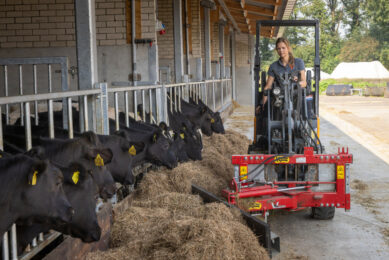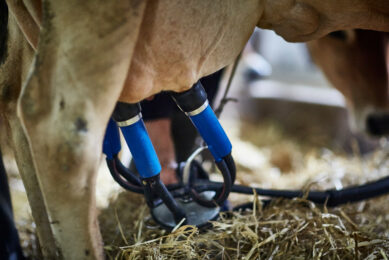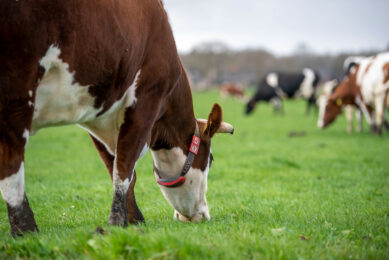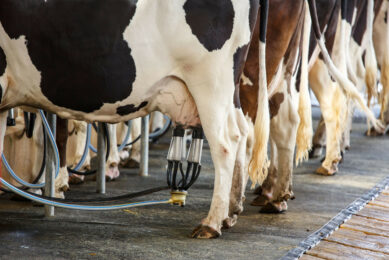UK dairy: A buoyant 2025 ahead
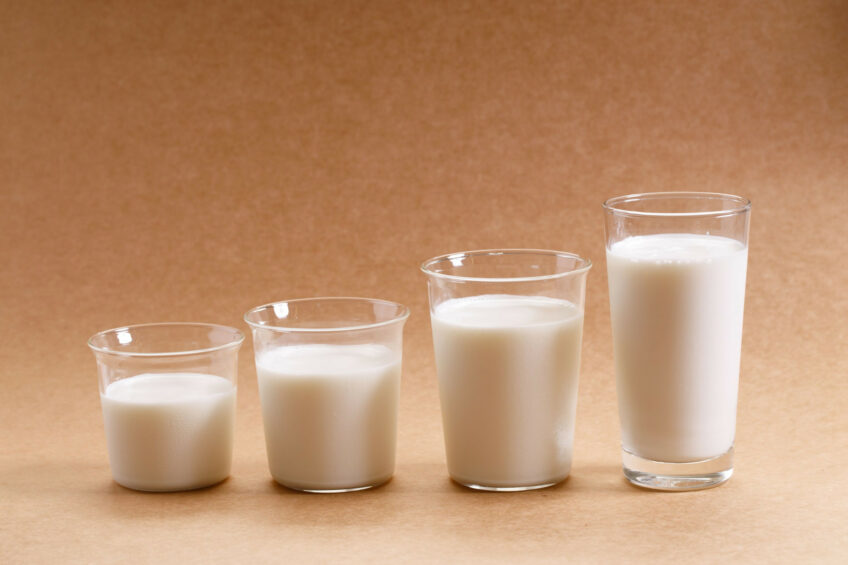
Demand for high quality milk and milk products, investment by major processors and rising milk prices mean the UK dairy sector can look forward to a buoyant 2025 for those that remain in the industry.
The year ahead follows a turbulent journey over the past 18 months which saw farmers experience a 10ppl milk price drop between March 2023 and March 2024, while the cost of production declined significantly less.
The annual Andersons Outlook report says that the number of dairy farmers continues to reduce with 440 producers (5.8%) leaving the industry between April 2023 and April 2024 and total numbers in Great Britain falling to 7,130 producers.
Authors Mike Houghton, Oliver Hall and Tom Cratchley say these numbers may well accelerate, reducing the critical mass of Great Britain dairy producers to between 5,000 and 6,000 within the next 2 years.
The key question, they say, is whether or not the remaining producers can or will increase output to maintain the national milk supply, at or around 14.8-15.2 billion litres.
Future-proof
Looking ahead, the trio argue that with milk prices currently increasing beyond 43ppl, farmers should look to future-proof the business, particularly in light of unprecedented changing weather patterns. Conditions are becoming warmer and wetter and more extreme, which impacts forage quality, yields and overall utilisation of the lowest-cost feed available.
“Adapting to the future will require dairy farmers to invest in resilience against the weather – more housing, better tracks and grazing infrastructure, more rainwater separation (potentially for re-use) and heat stress mitigation,” said the authors.
Focusing on sustainability and self-sufficiency could drive greater collaboration between expanding dairy businesses and arable producers who are seeking more profitable and beneficial break crops. Forage crops combined with straw-for-muck agreements are likely to become more common in the future.
Legislative changes
Producers will also have to look out for legislative changes that are due to come into force:
- Compliance with the Silage, Slurry and Agricultural Fuel Oil (SSAFO) legislation, which was introduced in 2010, is still proving problematical and farmers face new slurry store cover legislation that will come into force in 2027.
- In Wales, the new ‘all-Wales’ Nitrate Vulnerable Zone (NVZ) rules are imposing a need for investment and more forward planning as many producers are finding they are now overstocked according to the regulations.
- Producers will need to become aware of milk contract regulations and address these over the winter. New contracts are already governed by this legislation, but all existing agreements will need to be updated to reflect the new regulations before July 2025.
Join 13,000+ subscribers
Subscribe to our newsletter to stay updated about all the need-to-know content in the dairy sector, two times a week.



